T4K3.news
Warm seas drive surge of flesh-eating Vibrio along coasts
Cases of Vibrio vulnificus are rising from the Gulf toward northern shores as waters warm, threatening swimmers and seafood buyers.

Health officials warn that rising sea temperatures are spreading a dangerous bacterium from the Gulf toward northern shores.
Warm Seas Drive Surge of Flesh-Eating Vibrio Along Coasts
Health officials say Vibrio vulnificus infections are rising as coastal waters warm. In North Carolina this year, 59 people have been infected and one person has died. Florida reports 16 cases and five deaths, while Louisiana has 17 cases with four deaths. The bacteria commonly lives in Gulf waters but is moving north, threatening swimmers who have open wounds and diners who eat raw or undercooked seafood.
Experts warn that warm water supports faster growth of the bacteria, and storms can push it into fresh water. The illness can start as a stomach upset or a wound infection and can lead to sepsis or the need for amputation. Public health officials urge careful beach choices and food handling, especially for high-risk groups.
Key Takeaways
"This is a very scary-sounding bacteria, Vibrio vulnificus."
Dr. Alok Patel on the seriousness of the bacterium.
"Every water sample along the North Carolina coast now contains some kind of Vibrio."
Rachel Noble describing the spread
"Vibrio kills, on average, 20 percent of its victims, though risk climbs for those with weakened immune systems."
Mortality rate cited
The pattern here is a clear signal that climate change is already shaping health risks on shores people use every summer. Warmer seas extend Vibrio’s season and help it reach places it rarely touched before. That northward shift means more people face serious illness when they swim, sail, or eat seafood.
Policymakers face a practical challenge: how to warn beachgoers quickly, fund surveillance, and support affected communities and the seafood industry. Better real-time risk information, clearer warnings at beaches, and stronger protections for people with compromised immune systems could reduce injuries and save lives.
Highlights
- Warm seas rewrite the warning labels on beaches
- This is a climate issue that touches every shore
- A tiny bacterium travels farther and faster now
- Protecting beachgoers needs real-time risk information
Public health risk from Vibrio infections rises with warming seas
Rising Vibrio vulnificus infections across several states highlight a growing health threat tied to warming coastal waters and stronger storms. The spread could require broader warnings, surveillance, and resource allocation to protect beachgoers and seafood consumers.
The tide of risk requires practical precautions and proactive communication.
Enjoyed this? Let your friends know!
Related News
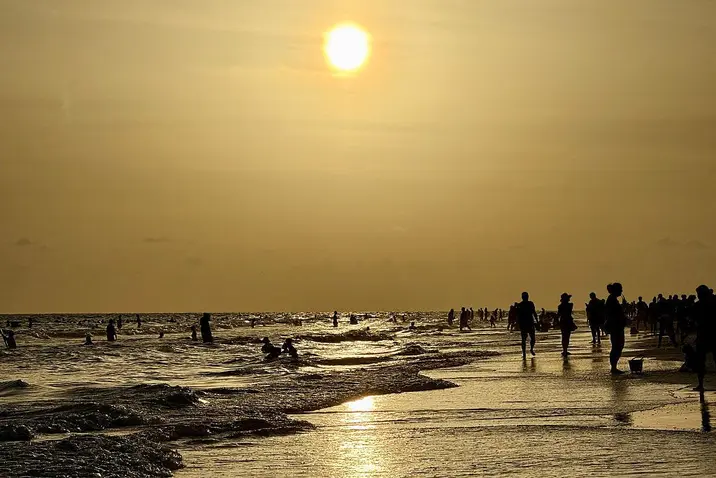
Rise in flesh-eating bacteria cases alarms health officials

Flesh eating bacteria surge hits US coasts

Health officials report increase in flesh-eating bacteria cases
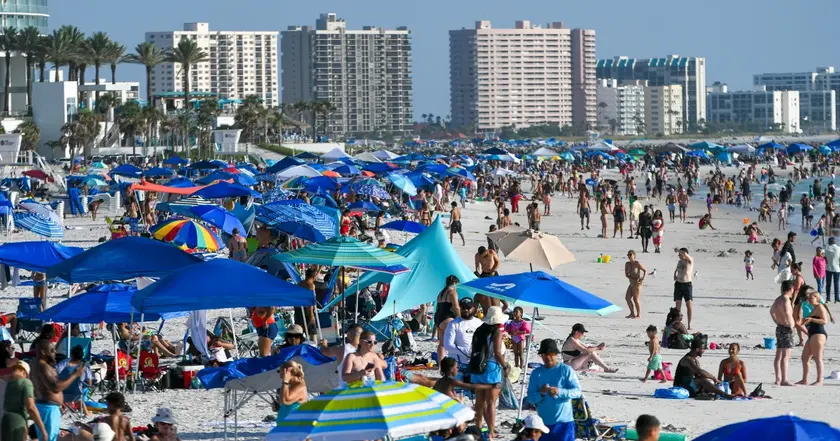
Vibrio vulnificus cases rise along southeastern coasts
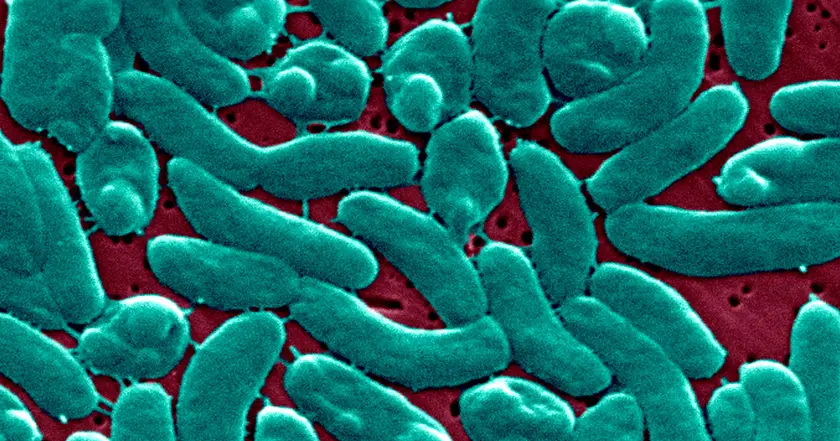
Four die from flesh-eating bacteria in Florida

Health alert issued for Gulf Coast Vibrio cases
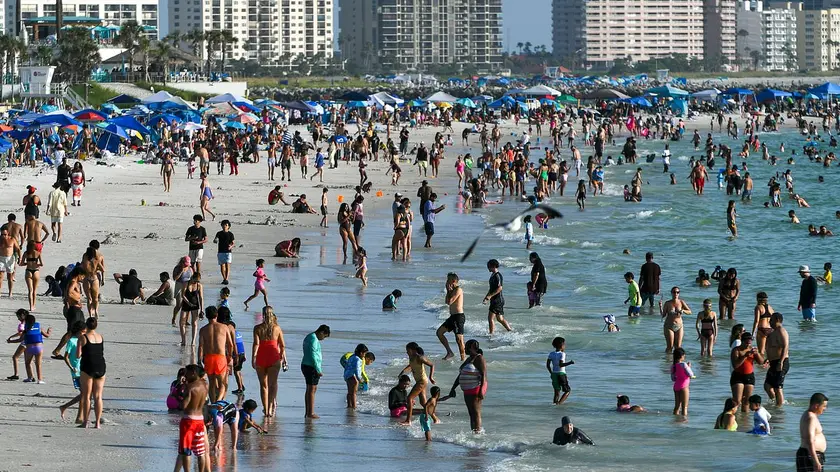
Flesh-eating bacteria outbreak in Louisiana
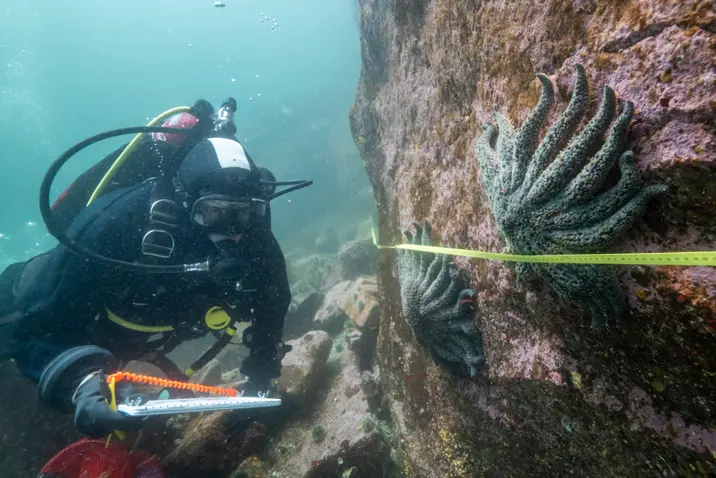
Scientists identify cause of starfish mass die-off
